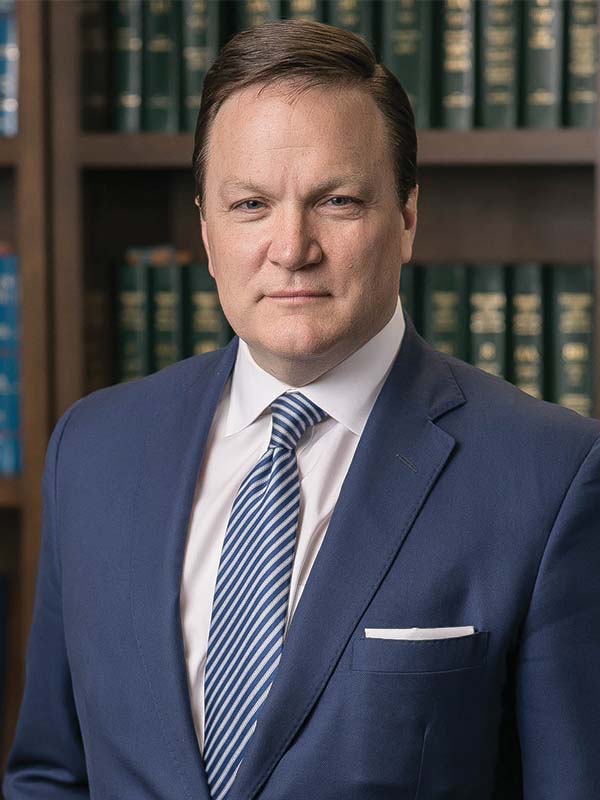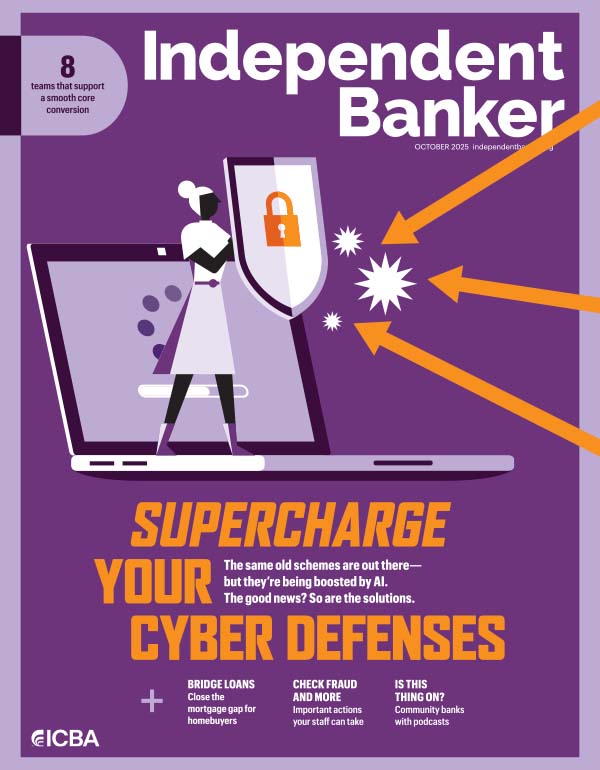Like other community banks, Grand Rapids State Bank in Grand Rapids, Minn., has nothing in common with Silicon Valley Bank (SVB) or Signature Bank. But in the aftermath of the megabanks’ failure, that didn’t stop the community bank’s leaders from putting a plan together for talking about the bank’s financial health if customers had questions.
One of the first steps the $264 million-asset community bank took was sending out an all-staff communication that explained why the failures were occurring and reassured employees about Grand Rapids State Bank’s financial position and its ability to withstand economic shocks. The main point of the email was to advise employees to listen for those kinds of concerns from customers and to refer any questions about the financial health of the bank to the CEO or another member of the executive management team.
“We wanted to have a unified message in case those questions did arise,” says Noah Wilcox, president, CEO and chairman of Grand Rapids State Bank and Minnesota Lakes Bank, and past ICBA chairman.
Grand Rapids State Bank voluntarily prints a statement of condition and publishes it on its website. So, if a customer asks questions about the bank’s financial health, the employee can easily point to the information in that statement of condition. Bank executives also prepared themselves to talk about things like FDIC insurance limits, as well as the community bank’s assets, liabilities and capital position.
“You do have to be careful to a degree, because even community banks are highly complex financial institutions to the lay individual, and a single number or a metric or a ratio is not going to be something you can judge the resiliency or strength of the bank on, because they are so multifaceted,” adds Wilcox.
“There’s this balance between what you have to do, which is minimal, and what you should do, which is practical.”—Philip K. Smith, Gerrish Smith Tuck Consultants and attorneys
Balancing act of information
From a legal standpoint, a privately held financial institution has no legal obligation to inform its shareholders, customers or depositors of the condition of the bank beyond what’s required in its mandatory financial reporting. Banks also need to be careful about what they say, how they communicate things and the structure of data that they’re providing to shareholders and customers.

“There’s this balance between what you have to do, which is minimal, and what you should do, which is practical,” says Philip K. Smith, chairman and CEO at Gerrish Smith Tuck Consultants and Attorneys, a consulting and legal firm in Memphis. The answer to what should be available would be general information, such as the balance sheet, income statement and other data that is published in a bank’s quarterly or annual report.
The line also is clear on what a bank should not provide. The basic rule is no personal identifiable information. “You want to be as transparent as possible, but you don’t want to give away any information regarding your bank’s staff or confidential information,” says James Pannos, CFMP, president of Pannos Marketing. “Common sense is really what you want to do and how you want to approach this.”
In addition, banks aren’t able to disclose their CAMELS rating. So, employees can’t say, “The regulators were just here, and we received a rating of 1, which puts us in the highest category and we’re a very safe bank,” Smith says.
Banks also don’t want to give away any competitive or strategic information, such as specific growth plans. “It’s about being careful with [information] while still being honest and forthright and being transparent with the core data,” Smith says.
Stay calm and carry on
Banks should have internal conversations or training with staff so employees, especially those on the front lines with customers, know what they should or shouldn’t be saying. One proactive step is to develop an FAQ so that staff can answer questions or hand customers a prepared fact sheet.
“That FAQ helps to take human error out of the equation to some extent because everyone has all of the same information at their fingertips,” says Pannos. He recommends that banks be proactive in providing information to customers, such as a customized letter, e-blast, blog article or video from the bank president explaining FDIC insurance.
Smith cautions banks on issuing formal statements during times of crisis. “Sometimes it’s better to just take a step back and say, ‘We are financially transparent, we have this information available, you are welcome to talk to our president or CFO if you have questions,’” says Smith. “But in terms of a statement, that might not be necessary for a community bank.”
Banks also can talk about the stability of an institution in an indirect way. “There are ways to shout from the mountaintops how healthy you are without necessarily revealing your CAMELS ratings,” says Smith. “You can simply say, ‘Our bank has been around 150 years and we’re looking forward to 150 more.’” That tells the customer that the bank is a stable organization that is looking toward the future, he adds.
Now is an ideal time to highlight that community involvement and reinforce the message that community banks are very different from large national and regional financial institutions, adds Pannos. “Banks are not all alike. Even those publicly held community banks are run a lot differently than the SVBs of the world,” he says. “The key is to not be afraid to publicize the news of what makes you a community bank.”






